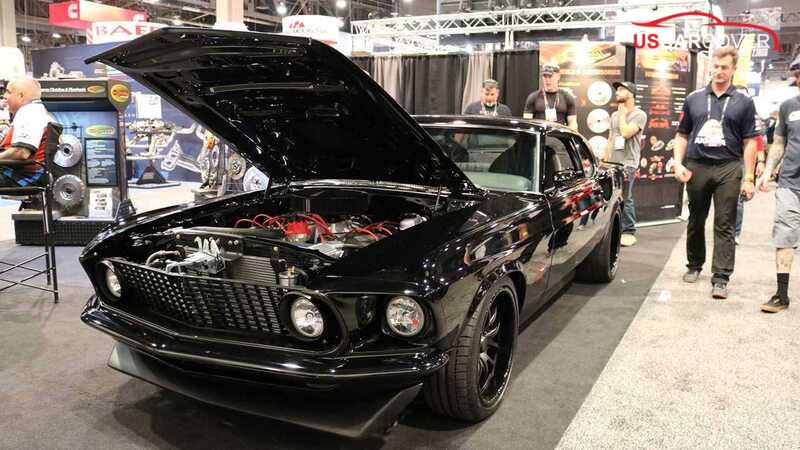
Before diving into exterior, interior, and features, I want you and me to align on something very important: as of now there is no official confirmation that Ford will launch a 2026 Mustang Boss 429. The most concrete public hint is Ford’s filing activity around the “Boss” name for vehicle related goods, which sparked expectations that the Boss line could return, but there has been no explicit Boss 429 announcement and Ford has not commented on future product. In other words, this is a guidance style review based on history, the Mustang S650 technical foundation, and the reasonable possibility that Ford might leverage the “Boss” legend for a special performance variant.
To keep the picture accurate: Ford’s current 2026 Mustang page only lists EcoBoost, GT, and minor year to year updates within the S650 family, with no Boss 429 shown. Coverage about the 2026 model year describes S650 running changes rather than a new Boss 429 retail variant. That is the basis for treating “2026 Boss 429” as a forward looking assumption built on what is officially present in the current generation.
Alongside that, let me restate the historical significance. The original Boss 429 existed only for 1969 to 1970 to homologate the 429 Hemi style V8 for NASCAR. Just over thirteen hundred cars were produced, and today they are sacred artifacts for Mustang fans. That explains why any rumor of a Boss 429 revival sets the community buzzing.
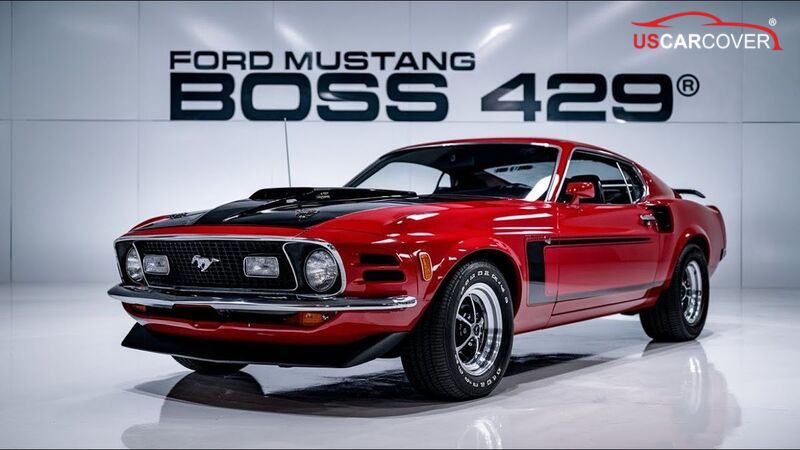
Related Articles: 2026 Toyota Stout Review: Exterior, Interior, and Features Assessment
The “legend revival” context and how credible the information is

If Ford brings the Boss label back to a contemporary S650 Mustang, it would be the first time since the Boss 302 of 2012 to 2013 that a Boss badge appears on a production Mustang. The only public breadcrumb is Ford’s protection of the “Boss” name, not a confirmed Boss 429 model. Some speculation even suggests that if “Boss” returns, it could be a styling or performance package for an existing variant rather than a classic big block recreation. At the time of writing, there is no published sale date, technical spec, or official image for a “2026 Boss 429."
What is confirmed: the 2026 Mustang continues the S650 lifecycle with minor changes. There have been rumors of a mid cycle Mustang hybrid to serve electrification strategy, but no retail date is announced. These pieces support the hypothesis that if a Boss returns, it could be a performance derivative built on the current S650 hardware.
Related Articles: 2026 Lexus LX600 Review: Is It Worth 100,000 Dollars
Exterior: Mustang muscle DNA with more aero and a Boss specific signature
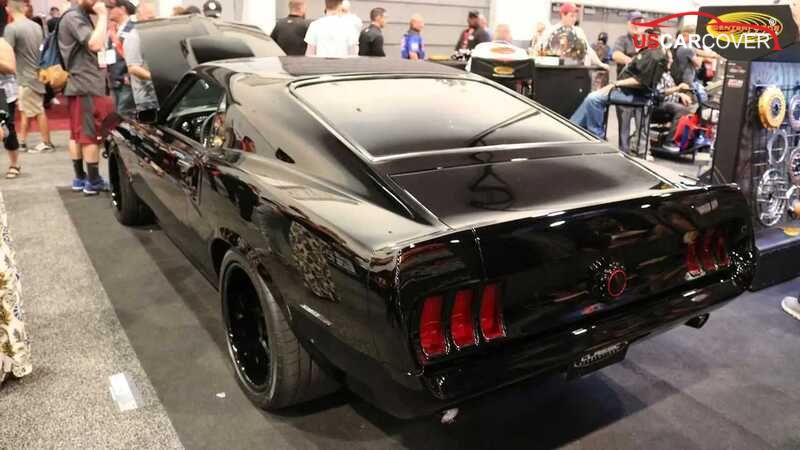
If the Boss 429 is revived, I expect the visual identity to evoke the classic “Boss” vibe while being modern: a larger grille opening with a unique pattern, a bulged hood with functional intake, wider arch treatment, a more assertive rear spoiler and diffuser than GT, and a lower stance. The S650 already emphasizes planar surfaces and broad shoulders, so a Boss 429 could add an aero kit and slightly lower ride height versus GT. Paint choices might include “Grabber” type heritage colors reinterpreted with modern clearcoat depth.
In overall proportion, a credible Boss 429 would ride on lightweight 20 inch wheels, large diameter brakes, color keyed multi piston calipers, and Y rated performance tires. If Ford wants clear separation from Dark Horse, it will need signature cues such as side stripes, “429” badging, and a front end that reduces brightwork in favor of functional purpose.
Related Articles: 2026 Toyota Corolla Cross Hybrid Review: S, SE, or XSE - which trim makes the most sense for urban America?
Interior: driver focused cockpit, digital interface, and upscale materials

The S650 uses a continuous digital cluster and center screen oriented toward the driver. A true Boss 429 should level up with a flat bottom wheel, metal paddles, thin back sport buckets with firm bolsters, perforated leather and Alcantara, matte carbon trim, and Boss branded sill plates and floor mats. On higher specs, I expect Boss tailored MagneRide tuning, a drive mode selector with Boss specific profiles, and a cluster theme with racing style tach emphasis.
For U.S. daily life, you still need the “live with it” features: wireless Apple CarPlay and Android Auto, phone wireless charging, multiple USB C ports, a modern driver assist suite consistent with current Mustangs. For a performance model, highway sound isolation also matters so the car is not tiring on long trips.
Related Articles: 2026 Honda Prelude Review: Not Just Showroom Pretty, A One Week Real World Test
Powertrain and performance: what a Boss 429 means in the S650 era
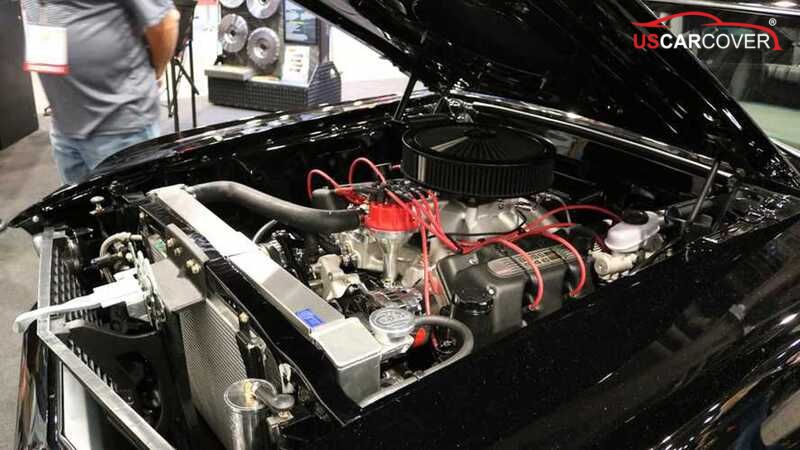
The original Boss 429 used a 429 Hemi style big block built for NASCAR, produced in very small numbers and now extremely collectible. In modern times, dropping a classic big block into a retail Mustang is unlikely given emissions, weight distribution, and real world efficiency. A more plausible path is for Ford to start with today’s 5.0 Coyote V8 and “factory hot rod” it beyond Dark Horse, or to adopt a contemporary forced induction solution. There is also another plausible scenario: a performance hybrid that boosts torque and helps satisfy emissions while delivering the drama expected of a halo Mustang, especially since Mustang hybrid rumors have circulated.
If the program sticks to a naturally aspirated V8, a reasonable power step above the 500 hp Dark Horse could be in the 520 to 540 hp range with stronger midrange torque for immediate thrust. If it uses forced induction or a hybrid assist, output could approach 600 hp with instant torque while maintaining long haul reliability.
The drivetrain would remain RWD, with a 6 speed manual and a 10 speed automatic. For a modern Boss 429, I would expect a strengthened prop shaft, a high efficiency limited slip differential, a shorter final drive than GT for quicker response, and integrated coolers for transmission and differential for track day duty.
Related Articles: 2026 Ford F-100 (EV & Gas) Review vs Ford F-150 XL – Which Pickup Fits Your Needs?
Chassis, brakes, and tires: where Boss must exceed GT standards
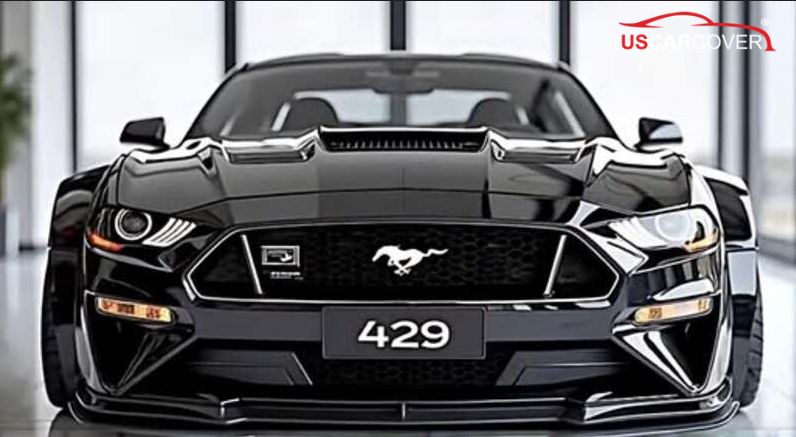
To merit the Boss name, the suspension needs to be stiffer in the smart way: springs matched to weight distribution, multi valve adaptive dampers, high durability control arm bushings, larger anti roll bars, and upper arms in aluminum to cut unsprung mass. If MagneRide is included, it should have three to four deeply differentiated profiles from daily Comfort to a Track setting that precisely manages weight transfer in quick transitions.
Brakes should step up to a six piston Brembo front with 390 mm rotors, four piston rears with 355 mm rotors, and pads built for sustained high temperatures. Performance rubber could be Michelin Pilot Sport 4S or Cup 2 depending on package, with rear widths up to 305 mm to harness torque. Aero parts may include a larger front splitter and partial flat underfloor elements to enhance high speed stability.
Related Articles: 2026 Toyota RAV4 Review: Is it still worth buying in the all-electric era?
Speed, launch feel, and driver emotion: the core of Boss’s emotional value
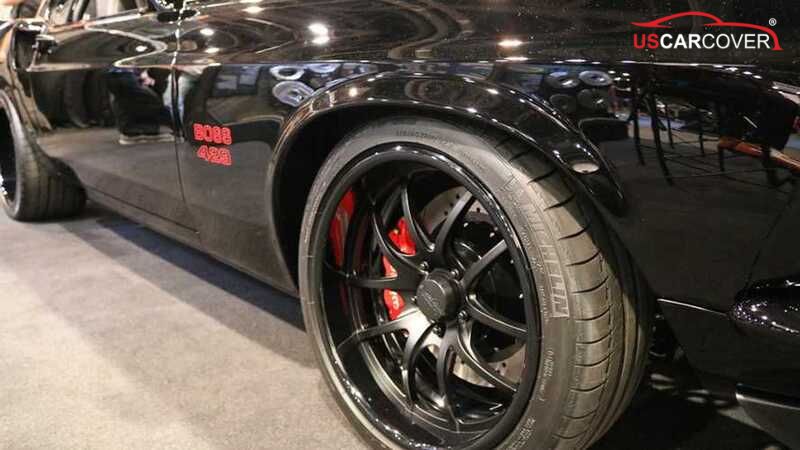
You chase a Boss not just to quote 0 to 60, but for the instantly recognizable sensation when it fires up. In real world driving, a contemporary Boss 429 should deliver sharp initial throttle, robust pull from 2,500 to 5,500 rpm, decisive shifts, and strong rear end bite on corner exit. If power lands between 520 and 600 hp, 0 to 60 could be in the 3.5 to 3.9 second window with the right tire and launch control. More importantly, steering precision, brake pedal feel, and how well the chassis manages weight transfer through quick left right transitions are what make you smile behind the wheel.
At cruising speeds, a Boss still needs to be considerate for urban U.S. users: a Quiet Start exhaust mode, low rpm at highway cruise, and a transmission that holds taller gears to save fuel. When you want it, one twist of the mode selector opens the exhaust valves, sharpens the throttle, drops gears, and flips the cluster into a Boss themed performance view.
Related Articles: 2026 Ford F-150 Review: 7 Trims and Packages to Consider (including the return of King Ranch and Platinum 2WD)
Fuel economy and ownership costs: modernizing a heritage idea
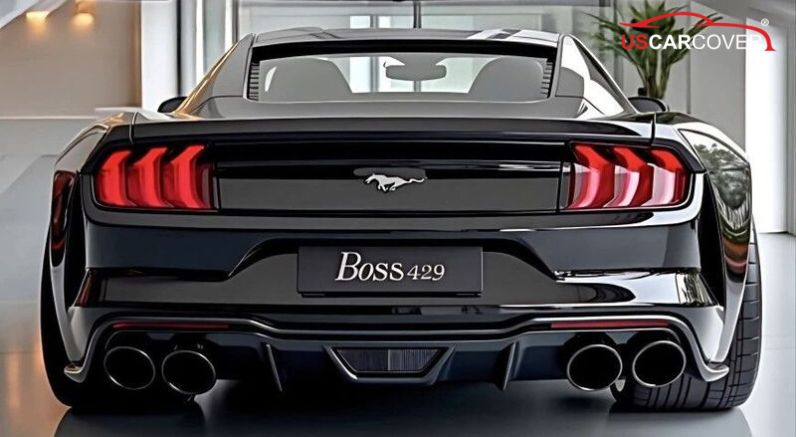
If it is a high output naturally aspirated V8, the Boss 429 will not out sip a GT. Ford could mitigate with cylinder deactivation, variable oiling, and low internal friction. If it goes the performance hybrid route, the advantage is city consumption, especially in start stop duty. That is also a more viable engineering path under tightening emissions for high performance cars. The persistent hybrid rumor makes this scenario more logical mid cycle.
On ownership costs, a top tier variant will consume tires, brakes, and high spec fluids faster than a GT. The upside is that S650 is a high volume platform, so core parts and service infrastructure are everywhere in the U.S., avoiding the pain of servicing a rare boutique chassis.
Maintenance and durability over time: S650 platform advantages
The biggest durability win is that your hypothetical Boss 429 still rides on the current S650. This platform is in active, wide production, so maintenance, software updates, and recall programs if any are easy to access. For a high performance car, my advice is simple: follow fluid intervals precisely, inspect brakes after hot track sessions, and run tires with proper load and heat ratings. Do that, and the car stays healthy without runaway costs.
Related Articles: 2026 Chevrolet Suburban Review Can V8 & Diesel Still Beat Hybrid?
Safety and driver assistance: current generation standards
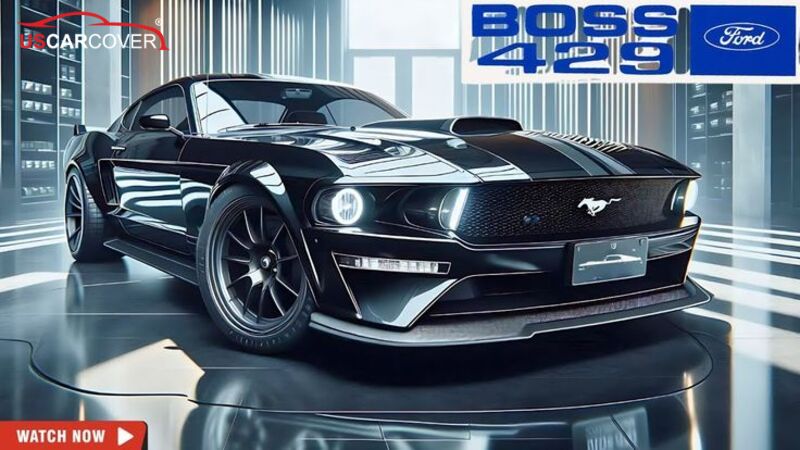
It is reasonable to expect that a Boss would inherit the current active safety suite: automatic emergency braking, lane departure warning, lane keeping assist, adaptive cruise control, blind spot monitoring, and rear cross traffic alert. A 360 camera, front and rear parking sensors, and per wheel TPMS displays are everyday urban helpers. On track, a dedicated Track mode could relax intervention thresholds so you drive more and the electronics intervene less.
Off road: the natural limit of a pony car
Let me be direct so you do not set the wrong expectation: the Mustang is born for pavement and track days. Low ground clearance and limited approach and departure angles make real off roading impractical. If there is any “rough road” use, think dry dirt lots, event paddocks, or flat access roads to a recreation area. If your goal is genuine trails, a Bronco or an F 150 Raptor fits the brief. That is why a Boss 429 should be judged on pavement where it can shine.
Related Articles: 2026 Toyota Hilux Review The Truth After I Drove It
why Boss 429 never fades
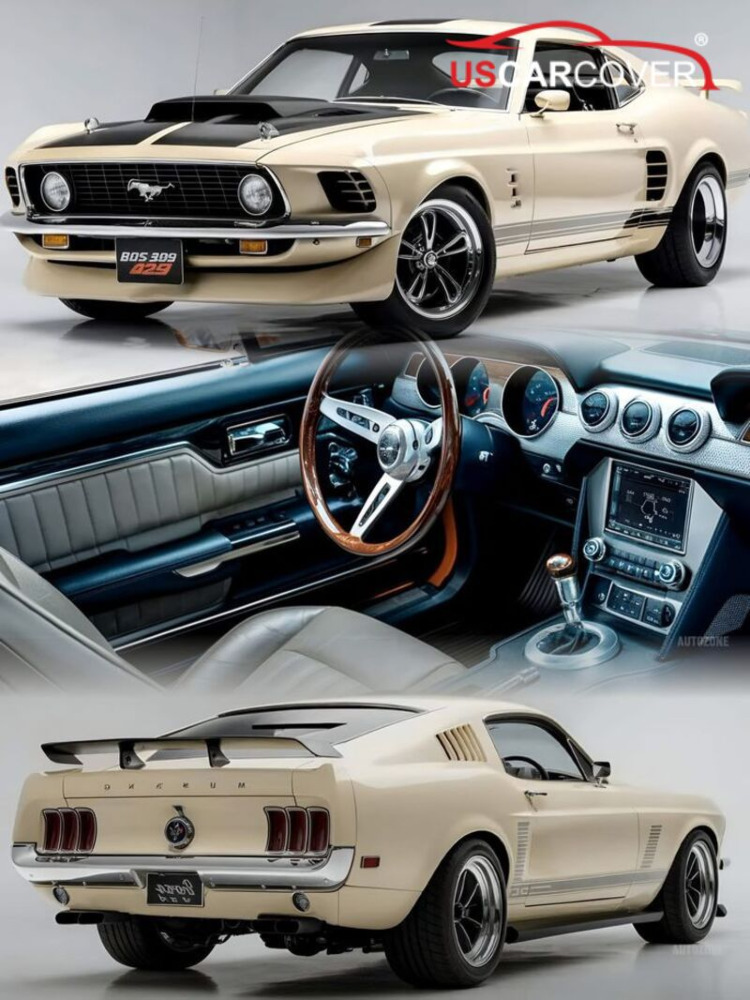
The Boss 429’s collectability stems from its tiny production run, NASCAR purpose, and unusual hemispherical cylinder head design. Licensed continuation builds by specialty makers have also kept the name alive among collectors, reinforcing the legend’s pull. That is why even a legal move around the “Boss” word can make waves in the Mustang world.
The 2026 Mustang Boss 429 should currently be understood as a compelling hypothetical built on Mustang’s brilliant heritage and Ford’s strategy of stacking more performance rungs in the lineup. The official 2026 Mustang picture still revolves around S650 with year to year enhancements, while the “Boss” name activity remains ambiguous. If a Boss 429 truly returns, I expect it to be a higher performance Mustang beyond GT Dark Horse, with upgraded chassis, brakes, and tires, a driver centric cabin, and possibly a performance hybrid approach to solve modern fuel and emissions challenges. Until Ford announces it, the smart move is to track the S650 mid cycle timeline closely, while considering the existing variants if your use case is already ripe.
